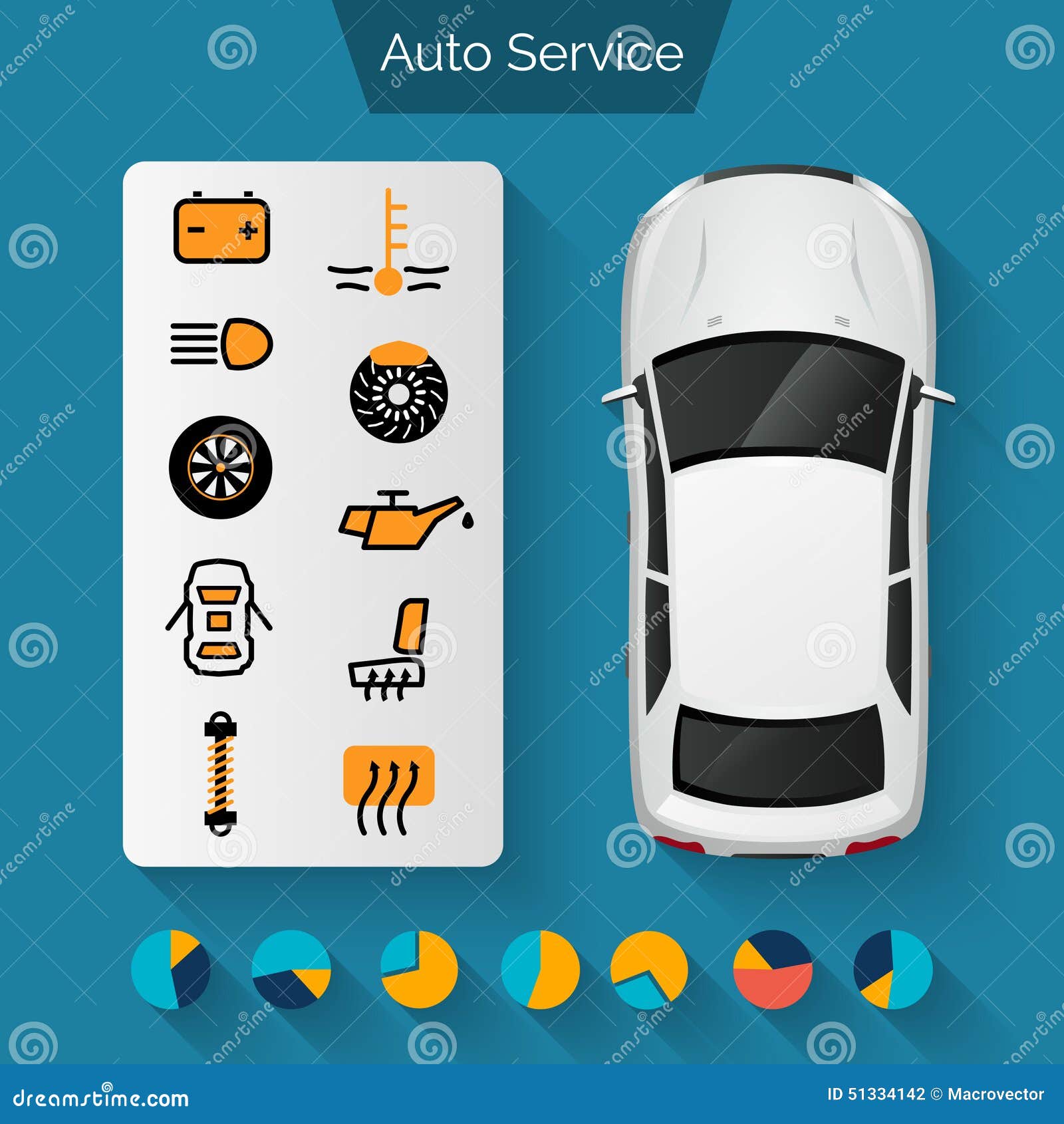Understanding The Definition Behind Your Car'S Warning Lighting: An In-Depth Look
Understanding The Definition Behind Your Car'S Warning Lighting: An In-Depth Look
Blog Article
Published By- steam clean car engine near me
When you lag the wheel, those beautiful caution lights on your dashboard can be a bit complicated. Do you understand what they're trying to tell you concerning your car's health? Understanding the relevance of these lights is essential for your security and the longevity of your automobile. So, the next time one of those lights appears, would not you intend to decode its message properly and take the needed steps to address it?
Common Warning Lighting and Interpretations
Determine typical warning lights in your auto and comprehend their definitions to make sure secure driving.
One of the most common caution lights include the check engine light, which indicates issues with the engine or discharges system. If this light begins, it's vital to have your car examined promptly.
The oil pressure alerting light indicates reduced oil stress, needing immediate attention to prevent engine damage.
A blinking battery light may recommend a damaged charging system, potentially leaving you stranded if not dealt with.
The tire stress tracking system (TPMS) light notifies you to low tire stress, affecting vehicle stability and gas performance. Disregarding this could cause dangerous driving conditions.
The abdominal light suggests a problem with the anti-lock stopping system, jeopardizing your capacity to stop quickly in emergency situations.
Lastly, the coolant temperature level alerting light warns of engine overheating, which can cause extreme damage otherwise resolved promptly.
Recognizing these common caution lights will aid you resolve problems promptly and maintain risk-free driving conditions.
Importance of Prompt Focus
Recognizing the common caution lights in your car is only the primary step; the value of without delay attending to these warnings can't be stressed enough to ensure your safety and security when traveling.
When a warning light illuminates on your control panel, it's your car's way of interacting a potential issue that needs attention. Disregarding these cautions can result in a lot more extreme issues in the future, compromising your safety and security and potentially costing you extra in repairs.
Motivate focus to advising lights can prevent malfunctions and mishaps. For instance, a blinking check engine light can show a misfire that, if left neglected, might cause damage to the catalytic converter. Resolving this quickly can save you from a pricey repair work.
In a similar way, a brake system advising light may indicate low brake fluid or used brake pads, vital elements for your safety and security when driving.
DIY Troubleshooting Tips
If you observe a warning light on your dashboard, there are a few DIY fixing pointers you can try before looking for expert help.
The primary step is to consult your automobile's manual to comprehend what the details warning light indicates. Often the issue can be as easy as a loose gas cap setting off the check engine light. Tightening the gas cap may resolve the issue.
Another typical issue is a reduced battery, which can trigger various advising lights. Checking the battery connections for deterioration and guaranteeing they're safe might repair the problem.
If a warning light continues, you can attempt resetting it by disconnecting the car's battery for a few mins and afterwards reconnecting it. Additionally, inspecting your vehicle's fluid levels, such as oil, coolant, and brake liquid, can help repair cautioning lights connected to these systems.
Final thought
Finally, recognizing your vehicle's caution lights is necessary for keeping your vehicle running smoothly and safely. By promptly resolving these signals and understanding what they suggest, you can stay clear of costly repair services and possible breakdowns.
Keep in see it here to consult your vehicle's guidebook for specific details on each advising light and do something about it as necessary to make sure a trouble-free driving experience.
Keep notified, remain safe on the road!
